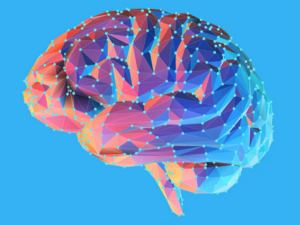 In Tracing the Roots of Language and Literacy, Harvard Graduate School of Education researchers have reported that “the relationship between brain structure . . . and language and reading (appears to be influenced by) the organization of white matter . . . observed as early as infancy.” They go on to say that while “language acquisition is . . . shaped by experience postnatally, the neural basis for language (appears to emerge) prenatally.”
In Tracing the Roots of Language and Literacy, Harvard Graduate School of Education researchers have reported that “the relationship between brain structure . . . and language and reading (appears to be influenced by) the organization of white matter . . . observed as early as infancy.” They go on to say that while “language acquisition is . . . shaped by experience postnatally, the neural basis for language (appears to emerge) prenatally.”
A longitudinal investigation of 40 children from infancy to kindergarten revealed that early white matter organization appears to “set a foundation for long-term language development” associated with phonological awareness, phonological memory, and vocabulary knowledge, which are important to communication and reading. The article “White Matter in Infancy Is Prospectively Associated with Language Outcomes,” published in the journal Developmental Cognitive Neuroscience, details the study, outlining and discussing its methods and results. The nature vs. nurture debate wages on, and it seems there’s support for both sides. Check it out.
The ICC-Recommended Early Start Personnel Manual (ESPM) describes core knowledge and role-specific competencies needed for early intervention service provision, incorporating current research and evidence in the field of early intervention. To access the ESPM, click here.
This resource is related to the following ESPM knowledge-level competencies:
- Core Knowledge (CK):
- CK4: The range of typical infant/toddler physiological factors such as early neurological/brain development.
- Individualized Family Service Plan Development and Review (IFSP-i):
- IFSP-i4 (EIS): Understands early experiences that contribute to emergent literacy.
